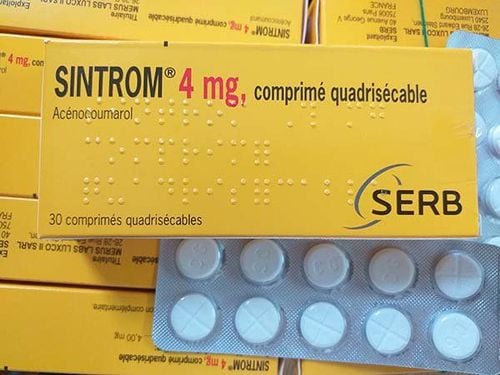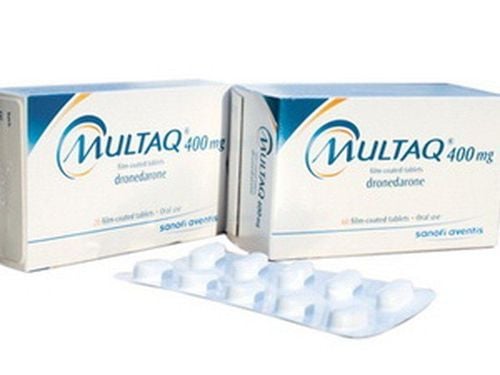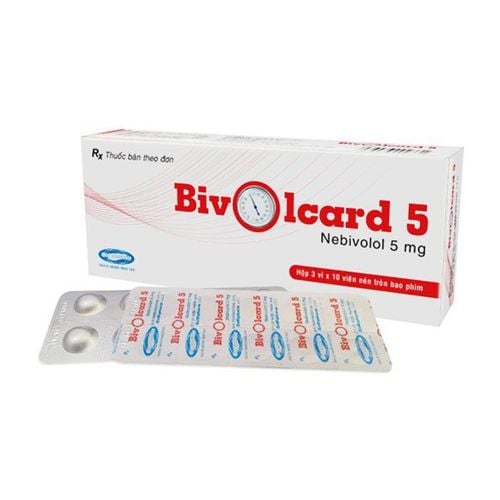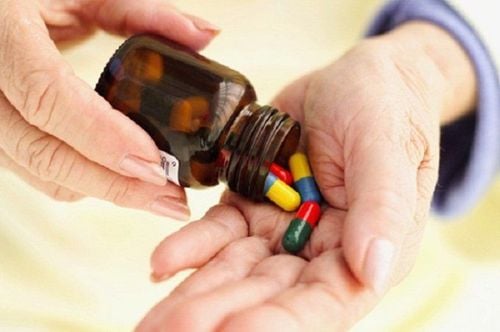This is an automatically translated article.
The article is professionally consulted by Master, Doctor Nguyen Minh Son - Interventional Cardiologist - Department of Medical Examination & Internal Medicine - Vinmec Nha Trang International General HospitalExtrasystoles are one of the most common cardiac arrhythmias in clinical practice. This arrhythmia is characterized by the presence of extraneous rhythms that cause the heart rate to become irregular. Extrasystoles can be a physiological arrhythmia and pose no danger in healthy individuals without underlying cardiovascular disease.
1. What is extrasystole?
The anatomical structure of a normal heart consists of 4 chambers, including: right atrium, left atrium, right ventricle and left ventricle. The impulse generation and signaling system in the heart is made up of many different components. In particular, the sinus node located in the inner wall of the right atrium has the role of pacing, automatically generating pulses and controlling the heart rate regularly in the range from 60 beats / min to 90 beats / min in normal people.Extrasystoles is a term used to describe an arrhythmia, characterized by the occurrence of abnormal premature rhythms that are not under the control of the sinus node. Early strokes may occur singly or multiple strokes occur together and are followed by a compensatory pause immediately afterwards. The location of these abnormal impulses is used to classify extrasystoles. In clinical practice, extrasystoles usually include two main groups of atrial and ventricular extrasystoles.
Atrial extrasystoles occur when structures in the atria other than the sinus node emit impulses earlier than normal. The heart rate comes earlier and can be compensated for by a compensatory rest later. Similarly, ventricular extrasystoles originate from abnormal impulses from the ventricles. This causes the ventricles to contract earlier but does not guarantee normal blood flow. Ventricular extrasystoles may be normal or represent other serious cardiovascular conditions.
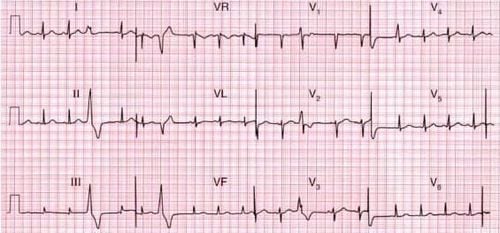
Cùng với ngoại tâm thu nhĩ thì ngoại tâm thu thất là một bệnh lý của ngoại tâm thu
2. Is extrasystoles dangerous?
The danger of extrasystoles varies from case to case. In some healthy people, extrasystoles may be just physiological. The characteristic feature of extrasystoles in this case is the sporadic, sparse occurrence in a young person or those without any cardiovascular disease. Extrasystoles in this situation usually do not require therapeutic intervention. Some points to note in changing habits and lifestyles should be kept in mind, including:
Stop using tobacco and alcohol, alcohol Healthy and balanced lifestyle Do not stay up late Avoid stress in life, work Establish appropriate rest periods Do not overwork and study In other situations, when extrasystoles occur more frequently and cause clinical manifestations such as shortness of breath, limited movement, difficulty breathing, palpitations, patients need to go to medical facilities. People with cardiovascular risk factors or with pre-existing chronic cardiovascular diseases are at high risk and need more attention.
Over time, persistent extrasystoles can lead to a decrease in the efficiency of the heart's ejection, causing the heart to increase its work force to contract, which can lead to heart failure. These patients need to be treated with medication by a cardiologist in addition to beneficial lifestyle changes and habits. Drugs prescribed here should ensure two main goals, including correcting extrasystoles and curing underlying conditions.
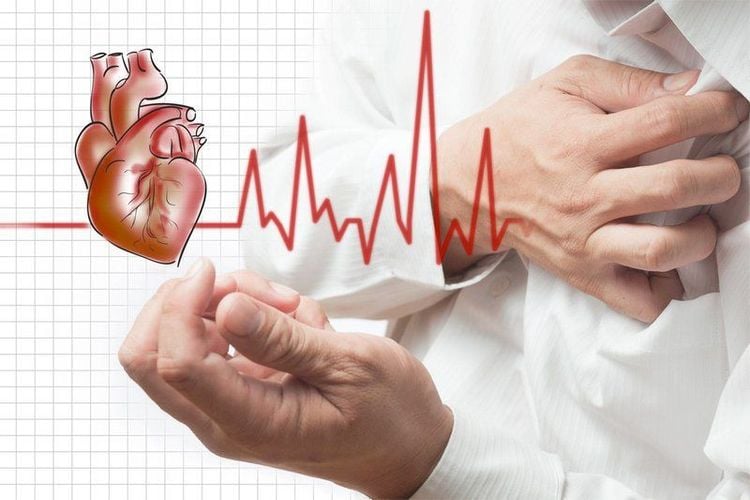
Ngoại tâm thu nếu không được điều trị sớm sẽ dẫn đến suy tim
3. Diagnosis of extrasystoles
Detection and identification of a case of extrasystoles is not too difficult in clinical practice. Healthy individuals with isolated and sporadic extrasystoles often have no symptoms, but these are usually not dangerous and are often discovered incidentally.
Some patients with pre-existing cardiovascular disease with a fairly dense frequency of extrasystoles will often have clinical symptoms such as:
Palpitations, rapid and strong heartbeats Chest pain Feeling Shortness of breath Dizziness Fainting in some cases Restriction of some physical activities Palpation of arrhythmias Atrial systole usually has less symptoms than ventricular extrasystoles. The most common symptom in people with atrial extrasystoles is a feeling of an irregular heartbeat, a pulse, and a rhythm disturbance or loss of rhythm.
Clinical symptoms play the role of suggestion and guide to the diagnosis of extrasystoles, but to confirm the diagnosis, it is necessary to have the laboratory tools, the most common is the electrocardiogram. An electrocardiogram or electrocardiogram (ECG) is a means of recording the heart's activity in the form of waves. Electrocardiograms can be measured at a time or over 24 consecutive hours as the case may be. The doctor may also order more stress electrocardiograms and echocardiograms to assess the patient's overall cardiovascular health. Electrocardiographic features of extrasystoles are early beats followed by compensatory rest periods.

Điện tâm đồ (ECG) giúp chẩn đoán bệnh ngoại tâm thu
4. Methods to prevent extrasystoles
In fact, there is no way to prevent extrasystoles from occurring. However, patients can reverse the harms and complications caused by extrasystoles by a number of measures such as:
Adhere to a healthy lifestyle Stop using tobacco and alcoholic beverages such as alcohol, beer Limit the use of stimulants such as coffee Limit foods and foods high in animal fat Add more green vegetables and fruits in the diet Reduce stress at work and life Don't study and work too hard Regularly practice sports Avoid strong emotional situations Effectively treat underlying diseases, especially cardiovascular diseases Maintain good mental health, stay positive and relaxed

Tập thể dục thường xuyên giúp phòng tránh ngoại tâm thu
To protect cardiovascular health in general and detect early signs of myocardial infarction and stroke, customers can sign up for Cardiovascular Screening Package - Basic Cardiovascular Examination of Vinmec International General Hospital . The examination package helps to detect cardiovascular problems at the earliest through tests and modern imaging methods. The package is for all ages, genders and is especially essential for people with risk factors for cardiovascular disease.
Please dial HOTLINE for more information or register for an appointment HERE. Download MyVinmec app to make appointments faster and to manage your bookings easily.




